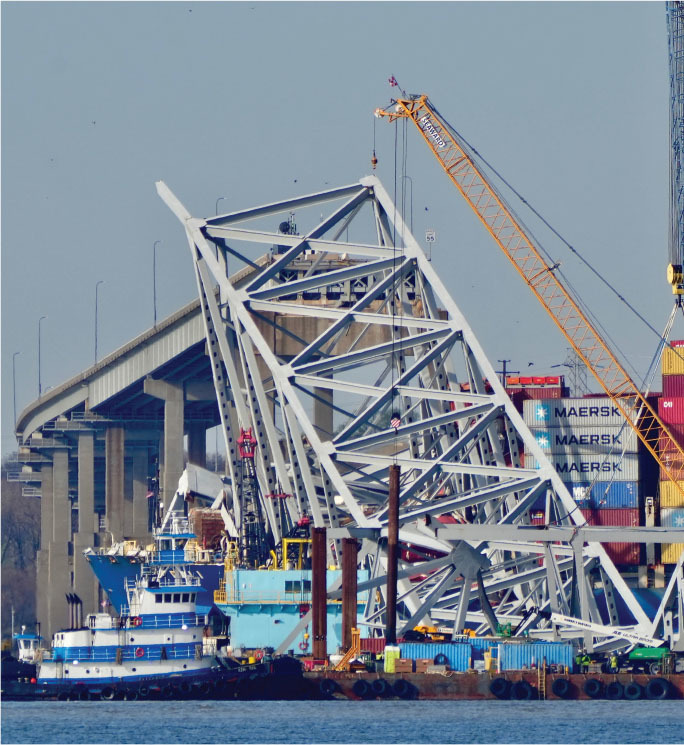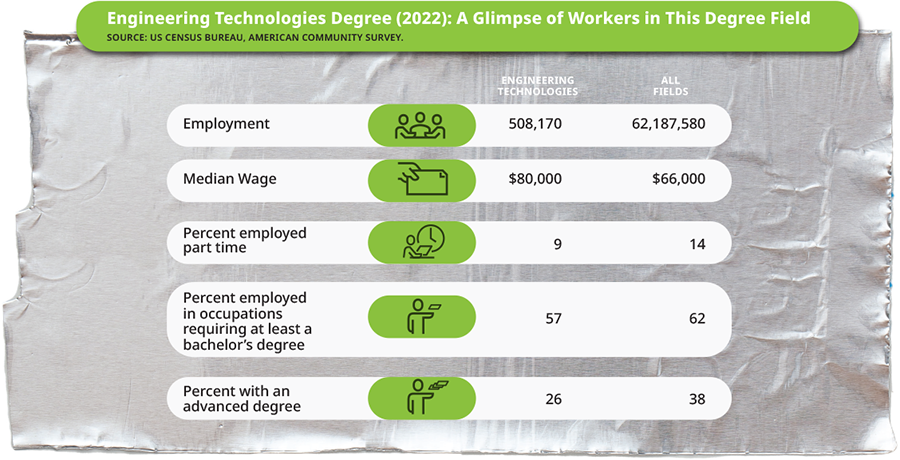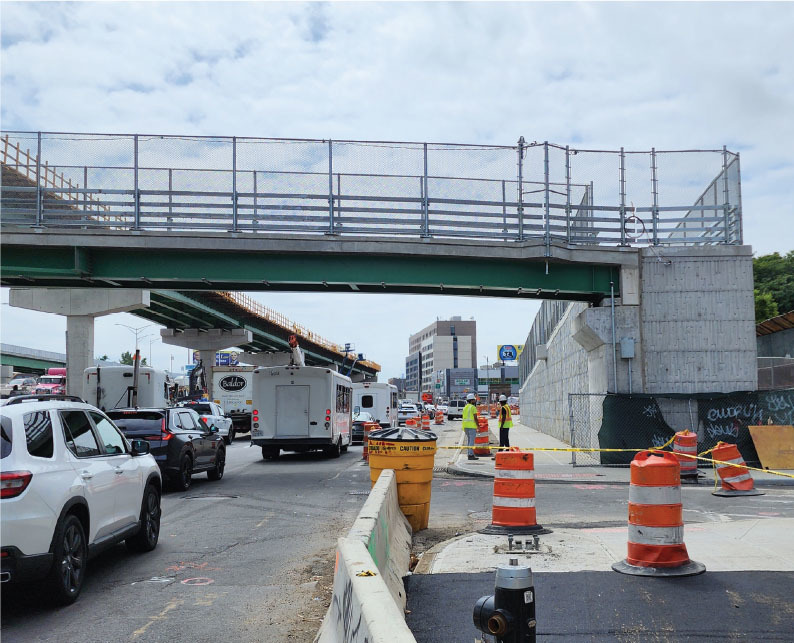November/December 2019
PE Report
Engineering Licensure Comes to Victoria, Australia
The Parliament of Victoria in Australia passed legislation to require licensure of individuals providing professional engineering services in the state. Previously, Queensland was the only one of Australia’s six states to regulate engineers.
The new requirement will apply to engineers who practice in the areas of civil, structural, mechanical, electrical, or fire safety engineering. To apply for a license, an individual must have an accredited four-year education, at least five years of professional engineering experience, and at least 150 hours of professional development over a three-year period.
The Association of Professional Engineers Australia praised the parliament’s action as a recognition of the important role that engineers serve in their communities.
“The independence, competence, and integrity of our engineer workforce is vital to ensuring our homes, places of work, the water we drink, the energy we use, and the roads and bridges that we drive on are safe and remain fit-for purpose,” APEA CEO Chris Walton stated in a news release on August 28.
Walton also pointed out that three out of four engineers support licensure because, while it does create an extra requirement for them, they understand that it raises the profession’s standing and protects the reputation of qualified engineers from being undermined by unqualified engineers.
Australia’s National Engineering Register is overseen by Engineers Australia, which provides assurance to the public and consumers that engineers meet the high standards of professionalism. Registrants must follow a code of ethics, accept responsibility for competency and the outcomes of the services provided, and obtain continuing education.
There are three categories of engineering practice on the register: 1) professional engineer, which requires completion of an accredited engineering qualification in Australia of four or more years or equivalent; 2) engineering technologist, which requires completion of an accredited three-year engineering technology qualification in Australia or equivalent; and 3) engineering associate, which requires completion of a recognized two-year engineering associate qualification in Australia or equivalent.
The next focus for the expansion of licensure is in the state of New South Wales. Legislators voiced support for regulation following structural failure of the Opal Tower apartment building in Sydney’s Olympic Park in December, which required the evacuation of tenants. Most of the building remains closed. An investigation revealed that the registration of engineers would have reduced the likelihood of the building experiencing structural damage.


 Volunteering at NSPE is a great opportunity to grow your professional network and connect with other leaders in the field.
Volunteering at NSPE is a great opportunity to grow your professional network and connect with other leaders in the field. The National Society of Professional Engineers (NSPE) encourages you to explore the resources to cast your vote on election day:
The National Society of Professional Engineers (NSPE) encourages you to explore the resources to cast your vote on election day:










